Bartók: Rumanian Folk Dances Sz.56 (Complete) - wind quintet
 Instant Download
Instant Download
Details
Description
SKU: A0.553965
Composed by Bela Bartok. Arranged by Ray Thompson. 20th Century,Folk. 26 pages. RayThompsonMusic #6400763. Published by RayThompsonMusic (A0.553965).Romanian Folk Dances Sz. 56, BB 68 is a suite of six short piano pieces composed by Béla Bartók in 1915. He later orchestrated it for small ensemble in 1917 as Sz. 68, BB 76.
It is based on seven Romanian tunes from Transylvania, originally played on fiddle or shepherd's flute.
The original name for the piece was titled Romanian Folk Dances from Hungary but was later changed by Bartók when Transylvania became part of Romania in 1920. It is nowadays available in the 1971 edition which is written with key signatures although Bartók rarely ever used key signatures.
This set of dances consists of six movements and, according to the composer, it should take four minutes and three seconds to perform, but most professional pianists take up to five minutes. The list of the movements is as follows (with the original Hungarian title listed first, the most commonly known Romanian title second, and the English translation in parentheses):
- Bot tánc / Jocul cu bâtă (Stick Dance)The melody of the first movement, according to Bartók, came from the Mezőszabad (present-day Voiniceni) village that was part of Mezőcsávás (present-day Ceuașu de Câmpie) commune which was located in the Maros-Tordaadministrative county within Transylvania, and he first heard it when two gypsy violinists were playing it.
- Brâul (Sash Dance)The second movement is a typical dance from Romania called Brâul, for which traditionally a sash or a waistband was used. This melody came from Egres (present-day Igriș), in the Banat region.
- Topogó / Pe loc (In One Spot)The third dance comes also from Egres (Igriș), but its theme is much darker and its melody recreates Middle Eastern instruments, such as the flute.[4]
- Bucsumí tánc / Buciumeana (Dance from Bucsum)The fourth dance came from Bucsony, Alsó-Fehér County (today Bucium, Alba county in Romania)
- Román polka / Poarga Românească (Romanian Polka)The fifth dance is an old Romanian dance similar to the Polka and comes from Belényes (present-day Beiuş, in Bihor county), near the border between Hungary and Romania.
- Aprózó / Mărunțel (Fast Dance)The sixth and last dance is formed by two different melodies: the first one comes from Belényes (present-day Beiuș) and the second one comes from the then named Nyagra (present-day Neagra) village within the Palotailva (present-day Lunca Bradului) commune. Both on the orchestral version and on the original piano version, the final two dances are performed attacca-without a break between movements.
This product was created by a member of ArrangeMe, Hal Leonard’s global self-publishing community of independent composers, arrangers, and songwriters. ArrangeMe allows for the publication of unique arrangements of both popular titles and original compositions from a wide variety of voices and backgrounds.
Digital Downloads are downloadable sheet music files that can be viewed directly on your computer, tablet or mobile device. Once you download your digital sheet music, you can view and print it at home, school, or anywhere you want to make music, and you don’t have to be connected to the internet. Just purchase, download and play!
PLEASE NOTE: Your Digital Download will have a watermark at the bottom of each page that will include your name, purchase date and number of copies purchased. You are only authorized to print the number of copies that you have purchased. You may not digitally distribute or print more copies than purchased for use (i.e., you may not print or digitally distribute individual copies to friends or students).
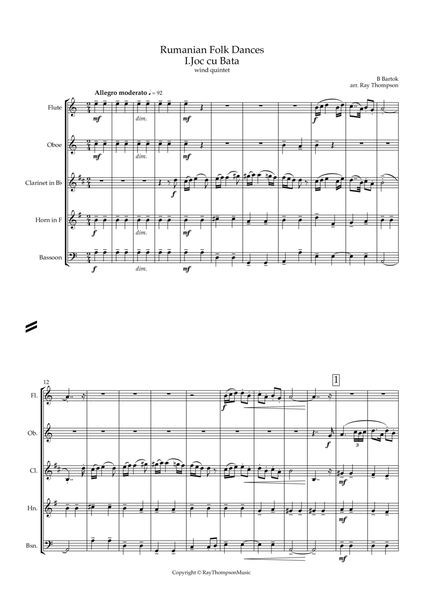
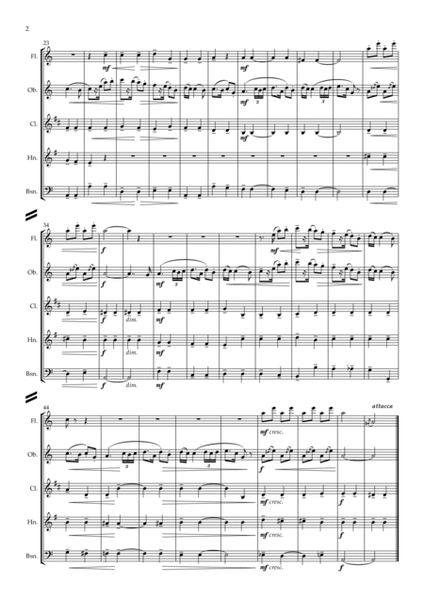
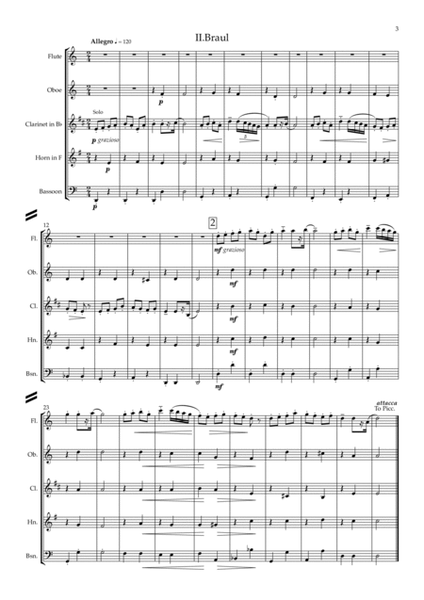
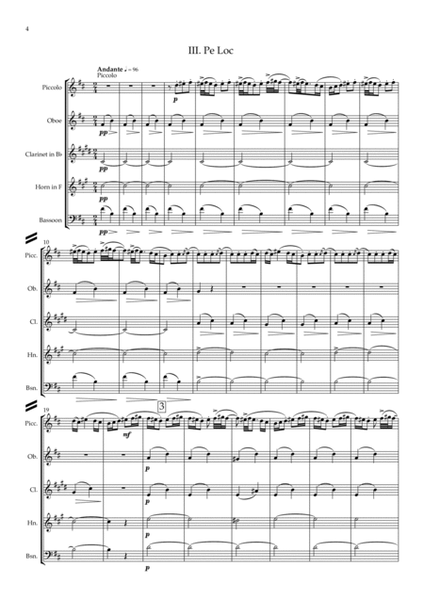
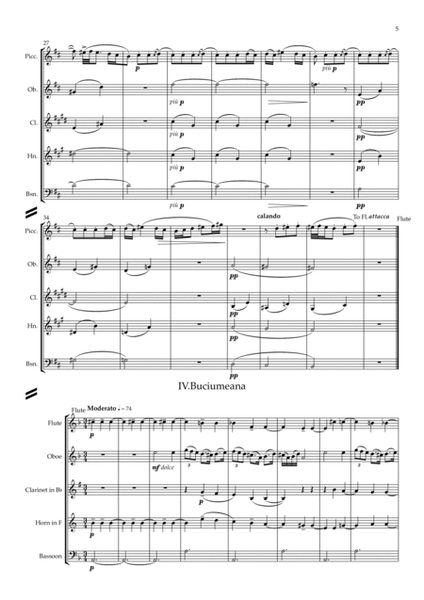
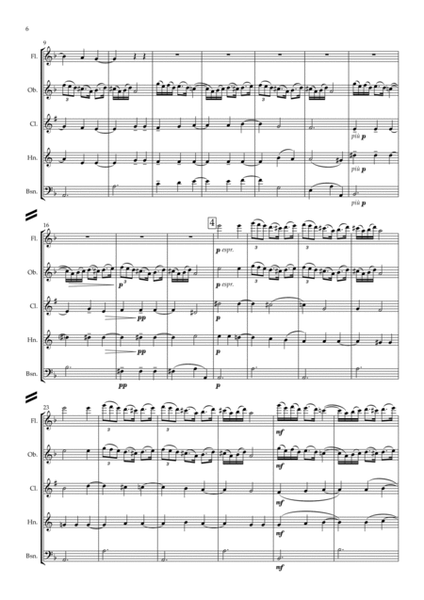
 Share
Share